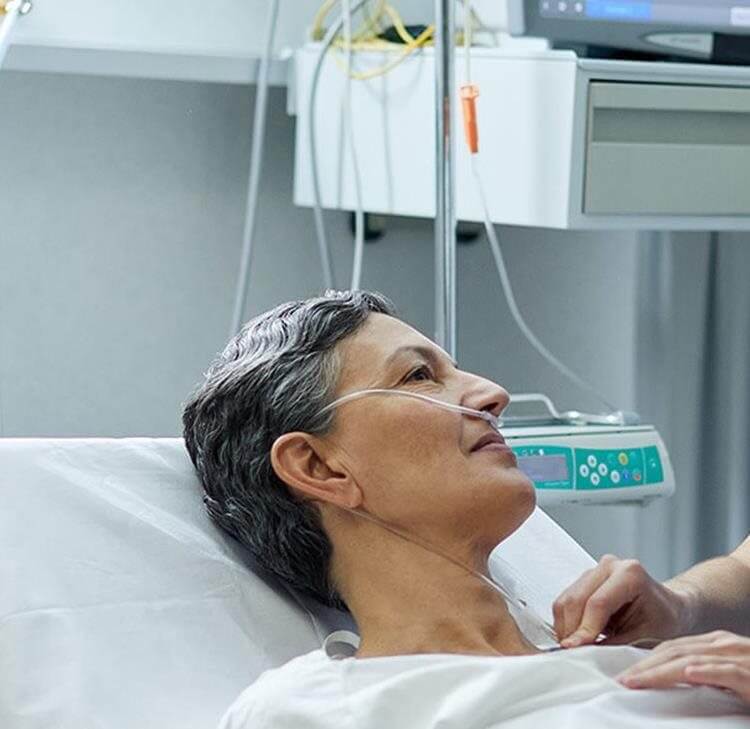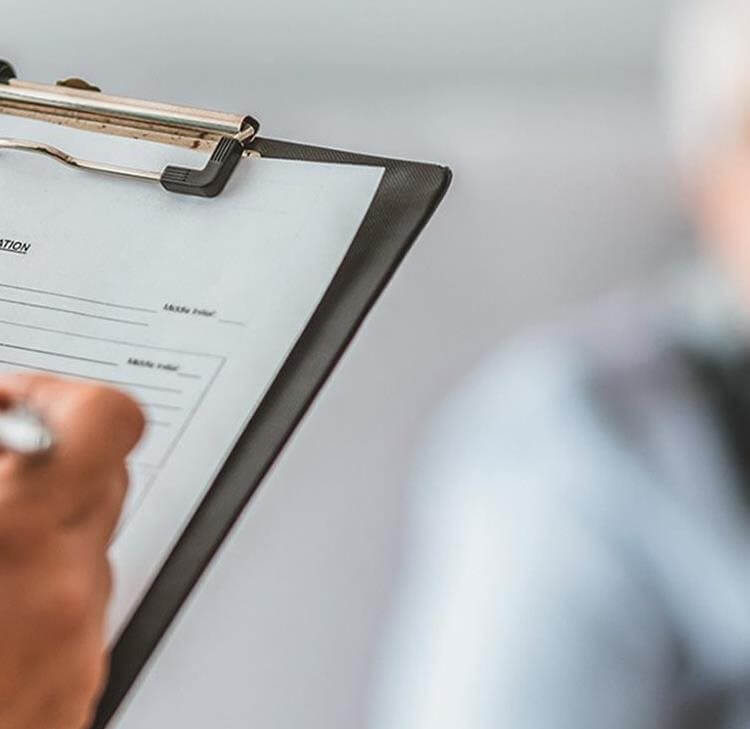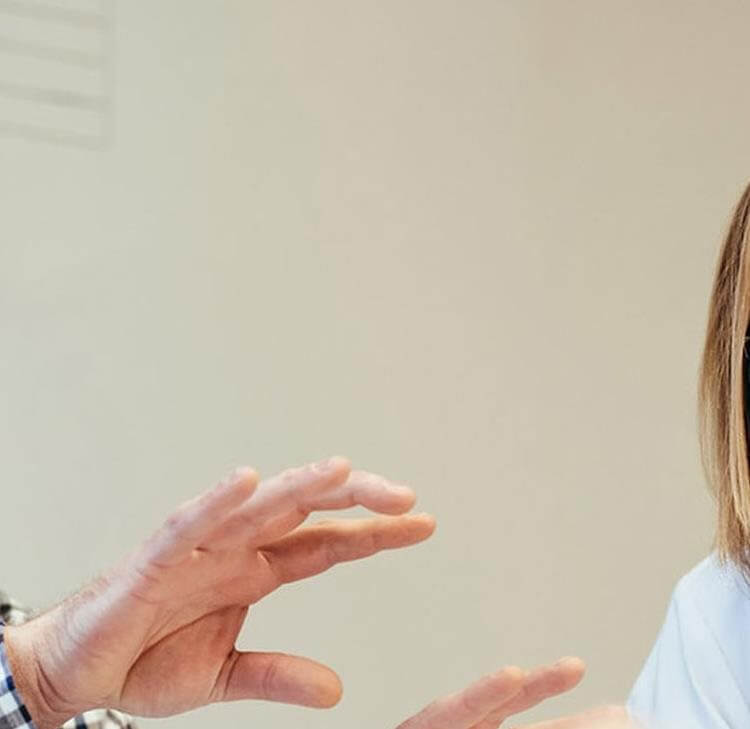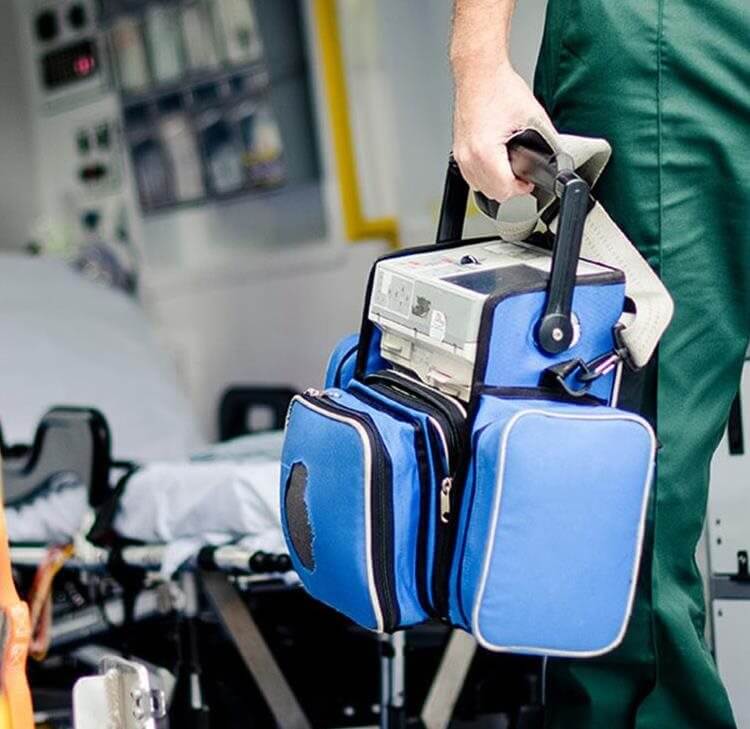The Coroner must be physically present in court throughout an inquest hearing. However, it is permissible for some or all of the participants in an inquest to access the hearing remotely. This may include Interested Persons (IP) and their legal representatives, witnesses, family members and the media.
The Coroners (Inquest) Rules 2013 at Rule 17(2) makes specific provision for witnesses to give live evidence via video-link where to do so 'would improve the quality of the evidence given by the witness or allow the inquest to proceed more expediently’. It is the Chief Coroner’s view that the pandemic increased the need to use technology to facilitate remote participation in hearings and that “partially remote hearings should take place wherever possible if the technology allows, it is in the interests of justice and their use is consistent with the administration of justice”.
The decision to hold a remote inquest hearing
A Coroner can order a remote inquest hearing. Prior to this order being made, all those individuals and organisations affected should be given the opportunity to make representations and the Coroner will need to consider these alongside an ‘interests of justice’ test. If the family object to an inquest being dealt with remotely it is likely that the Coroner will revert to a face to face inquest hearing, even if this may result in a delay in the inquest being heard.
Guidance No. 38 expressly states that remote hearings will not be used for jury inquests, “except in exceptional and limited circumstances”.
If the Coroner does not order remote participation, any participant can apply to take part in the proceedings remotely. Again, the Coroner will consider this alongside an ‘interests of justice’ test and so if you make such an application this should seek to demonstrate that remote participation:
- 'Would improve the quality of the evidence given by the witness or allow the inquest to proceed more expediently’” (Rule 17(2)); or
- Is in the interests of justice and consistent with the administration of justice (Guidance No. 38).
Preparing for and dealing with a remote inquest hearing
The checklist below sets out some tips to help you deal with remote participation effectively and professionally.
Checklist
☐ Pre-inquest meeting
In advance of the pre-inquest meeting, confirm with the Coroner’s Officer whether the Coroner has ordered remote participation or whether the witness/es are required to attend in person.
Consider whether this is a case where remote participation is “in the interests of justice”.
At the pre-inquest meeting, explore whether the witnesses wish to give oral evidence in the courtroom or remotely via video link and (if the interests of justice test is satisfied) either apply for or object to an order for remote participation as instructed.
Ask the witnesses whether they wish to give evidence on oath or to affirm. If they wish to take the oath ask them to bring their own copy of their religious text with them for use on the day of the hearing.
☐ Setting up the room/s
You will need to decide whether participants will sit in the same room or will sit in different rooms. This should be done in collaboration with the Coroner’s Officer, who will need to agree whether all participants will be in the same room or will dial in separately.
Some Coroners require all witnesses from each IP and their legal representatives to be in the same room and on the same video-link. A number of NHS Trusts have set up a “remote hearings” room, the layout of which has been agreed with local Coroners and which is used for all remote inquest hearings.
Other Coroners and families prefer witnesses to sit in separate rooms. If this is going to be the case, ensure that you have mobile numbers for all participants so you can contact them if they encounter technical issues and to take instructions during the hearing if you need to.
☐ Testing the technology
Arrange a test session with the Coroner’s Officer in advance of the hearing, to ensure that the link is working, the picture and sound are clear when speaking, you have the right software on your device and you have sufficient internet connection.
The most common cause of technical problems is the strength of the internet connection. WiFi is not really suitable for video hearings – ensure that you have a cable Ethernet connection to your device.
Make sure that the device you are using is fully charged and plugged in, so you do not get cut off during the hearing.
☐ Setting up on the day
The room should be quiet, private and secure and all doors should be closed. Ensure that there is no background noise and all phones are switched to silent mode. Take steps to ensure that you will not be interrupted and display a clearly worded note on the door that states “DO NOT ENTER - INQUEST HEARING IN PROGRESS”.
Consider the position of the witness and their legal representative – it is better to sit side by side when giving evidence or at least within eye line rather than seating the legal representative behind the witness.
It is permissible for observers to sit in the room, but courteous to seek the Coroner’s permission in advance. Witnesses, advocates and observers MUST be socially distanced.
Have a plain/neutral background behind you, such as a blank wall. Ensure that the lighting is good and everyone in the room is well lit.
Set up the camera so that it captures the whole room. Everyone in the room must be clearly visible on screen – if colleagues or legal representatives are off camera this can raise a concern about witnesses being ‘helped’ in their evidence.
Identify the documents that you and the witnesses will need during the hearing (original medical records, Coroner’s Disclosure Bundle etc) and ensure that these are available either on a device such as a tablet or in paper form. In complex cases, a hard copy paginated bundle is best. It would also be sensible to print laminated cards with the wording of the oath and affirmation, for the witnesses to read from before giving evidence.
Log on to the video-link at least 15 minutes before the commencement of the hearing, to test and check the technology is working on the day. You should arrange for all witnesses to do the same, if they are sitting in separate rooms.
☐ Switch off your video and mute the audio before the hearing starts and during all breaks
It is not always obvious who is sitting on the link before the inquest commences and during breaks. For example, if family or the media join by phone they may not show up as attendees on the link.
Mute the audio and switch off video while waiting for the Coroner to join and during all breaks.
☐ During the inquest hearing
Unless you or a witness is speaking, microphones should be on mute throughout the hearing to reduce unwanted noise.
Remote hearings will follow the same process as they would do in a court building. The advocate should introduce everyone in the room to the court.
The Coroner will begin by explaining the purpose of the inquest.
An oath or affirmation will be read by each witness before giving evidence. Some Coroners will allow a witness to take the oath (rather than affirm) even if they do not have a copy of their relevant religious text, provided the coroner has warned them that they remain bound by their oath regardless. A sensible option is to ask the witness in advance whether they wish to take the oath on a religious text and if so to bring their own copy with them. It may also be useful to print laminated cards with the wordings for the oath and affirmation for the witness to read before giving their evidence although if you do not do so the Coroner will take the witness through this.
The Coroner will question the witness first. The family or their legal representative will be invited to ask questions next. In some cases the family may be in court and in others they too will participate remotely. Finally, any legal representative for the witness will always ask questions last.
The Coroner will read out any documentary evidence under Rule 23 and invite legal submissions in the usual way and at the conclusion of the inquest will return a Conclusion and a Prevention of Future Death Report (where appropriate).
The media (or any member of the public) will be free to attend any hearing and can request an audio link to attend remotely. There is an absolute statutory prohibition on members of the public or press having access to a visual broadcast, including a livestream of proceedings. The only exception to this is if a live feed is broadcast to a second courtroom within the court building: otherwise the media and public can only join by audio not video link (Guidance No. 38 paragraphs 21 and 26). .
The hearing will be recorded in the usual way using the established recording equipment: practice varies with some jurisdictions producing video recordings and others purely audio. A transcript can subsequently be requested via the Coroner’s Officer in the usual way.
☐ Rules of conduct and court etiquette
Remember that the same rules of conduct and court etiquette apply when participating in an inquest remotely. Don’t do anything you wouldn’t do in a normal hearing. By joining via video link, your video room becomes an extension of the court room.
All participants should dress as though they are going to court (i.e. a suit, dark respectful clothing).
Everyone should treat the remote hearing as seriously and formally as they would if they were in court.
Only drink water from a glass (no soft drinks/coffee etc) and no eating during the hearing.
Witnesses give evidence on oath. Nobody should speak to or communicate with a witness while they are under oath or seek to answer questions on their behalf. Their phone should be out of sight and on silent or switched off and no one should communicate with the witness either verbally, in writing or via text, email etc while they are giving evidence. Everyone in the room must be visible on camera while the witness is giving evidence, to avoid any suggestion that someone off camera is ‘helping’ the witness.
Remember that when your video is on, you can be seen at all times. Be mindful of your body language and behaviour, just as you would be in court. Turn off the audio and video during all breaks.
Under s41 of the Criminal Justice Act 1925, it is a contempt of court to make any video or audio recording of court proceedings, or to transmit, reproduce or broadcast them in any form (including screenshots). The Chief Coroner has issued guidance to all Coroners along with a worded warning that is given at the beginning of the inquest explaining that to do so could result in a fine a period of imprisonment or both.
☐ The technology
If you encounter technical issues during the hearing – do not panic!
Inform the Coroner as soon as possible if there is a technical problem, such as loss of sound or visual. Try not to be thrown by this – technical issues are bound to happen!
Make sure you have mobile phone numbers for all witnesses who are sitting in different rooms so you can contact them if they encounter technical issues.
☐ Log off
At the end of the inquest make sure all links are closed down before commencing any debrief with the witness.
Contact

Nicola Evans
Partner
Nicola.Evans@brownejacobson.com
+44 (0)330 045 2962








































